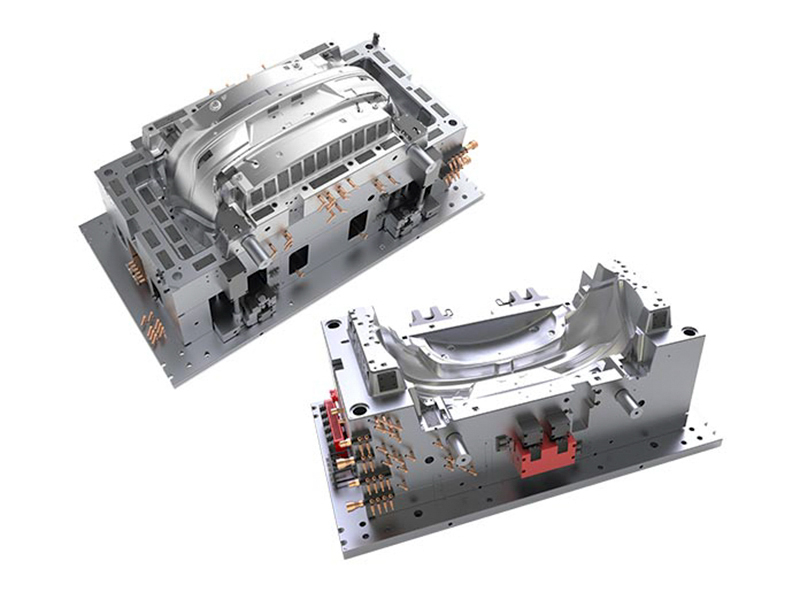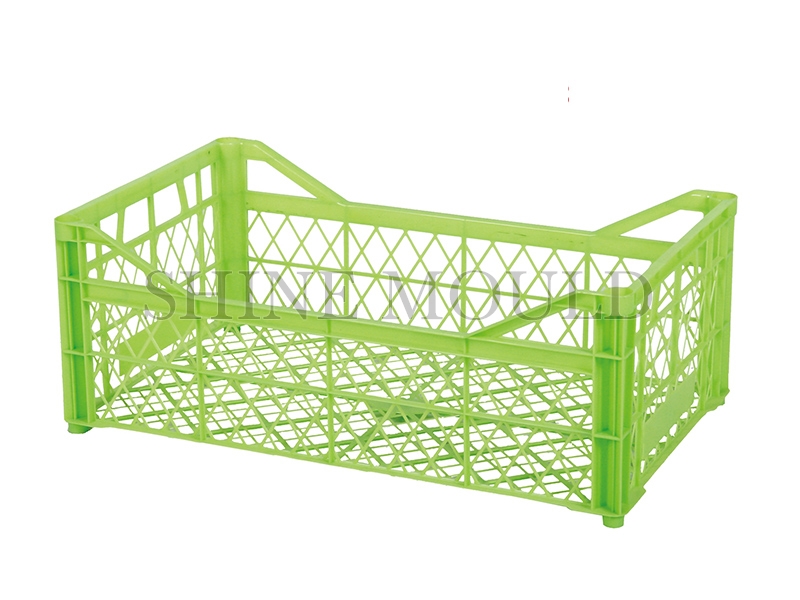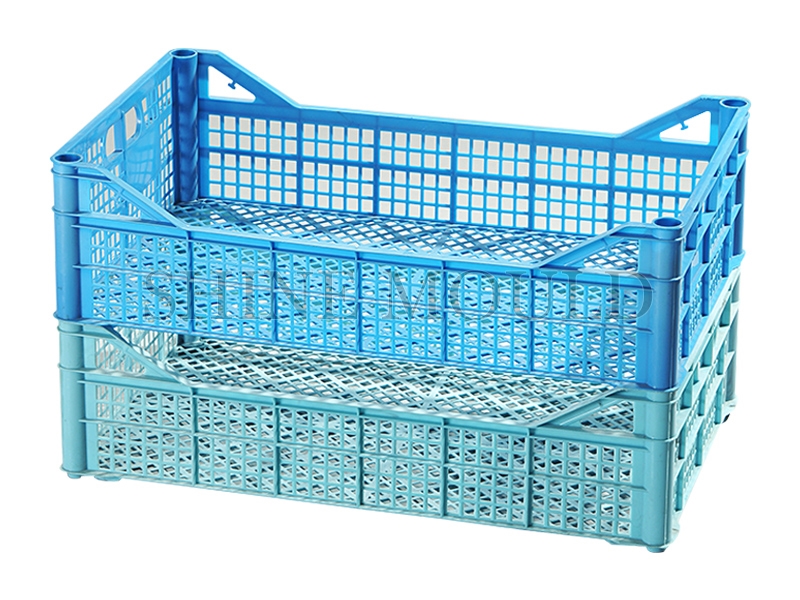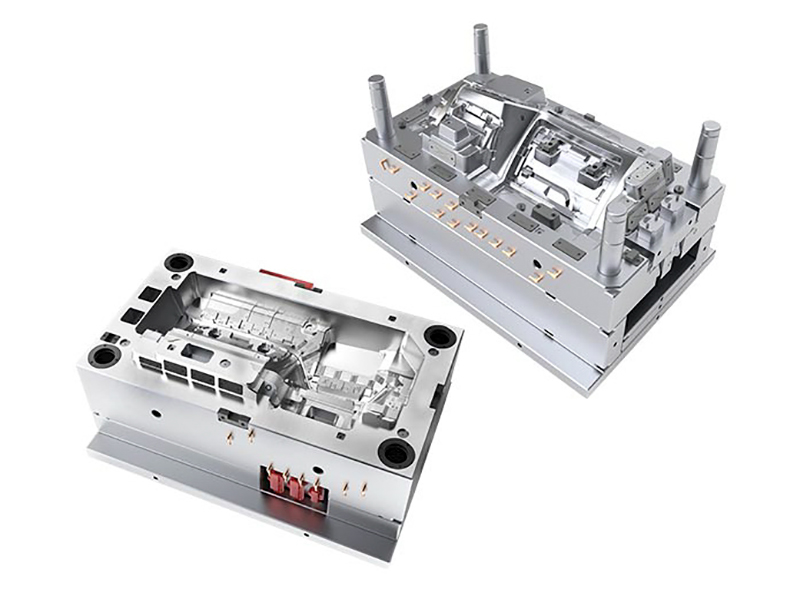How to design Plastic Furniture Mold?
Designing plastic furniture molds is a complex process that requires careful consideration of various factors to ensure the production of high-quality and functional furniture pieces. These molds are used to shape and create the components of plastic furniture, such as chairs, tables, and cabinets. Here's a step-by-step guide on how to design plastic furniture molds:
1. Define Your Requirements:
Before starting the design process, it's essential to establish clear requirements for the plastic furniture mold. Consider factors such as the type of furniture you are manufacturing, the plastic material to be used, production volume, and the desired quality of the final products.
2. Material Selection:
Choose the appropriate plastic material for your furniture. Different plastics have unique properties, including strength, flexibility, durability, and resistance to environmental factors. Common plastics used in furniture production include polypropylene (PP), polyethylene (PE), polyvinyl chloride (PVC), and acrylonitrile butadiene styrene (ABS).
3. Determine Mold Type:
There are various types of molds used in plastic furniture manufacturing, including:
Injection Molds: These are the most common molds for plastic furniture. They involve injecting molten plastic into a mold cavity, which then cools and solidifies to form the desired shape.
Blow Molds: Suitable for hollow furniture pieces, blow molds use compressed air to expand the plastic material into the mold cavity.
Compression Molds: Compression molds are used for low-production runs and involve compressing plastic material between two heated mold halves to form the shape.
Rotational Molds: Ideal for large, hollow furniture items, rotational molds rotate a mold around two perpendicular axes to evenly distribute the plastic material within the mold.
Select the mold type that best suits your specific furniture design and production needs.
4. Create the Mold Design:
The mold design phase involves the following steps:
Product Design: Create a detailed 3D model or CAD (Computer-Aided Design) drawing of the furniture piece. Ensure that the design is optimized for plastic molding, with considerations for draft angles, undercuts, and wall thickness.
Core and Cavity Design: Design the mold's core and cavity, which define the final shape of the furniture component. Pay attention to the parting line, where the mold separates into two halves, and ensure a proper fit between them.
Runner and Gate Design: Determine the location and size of the runner system and gate through which molten plastic will be injected into the mold cavity.
Cooling System: Include a cooling system in the mold design to control the temperature of the mold during the production process.
Ejection System: Plan an ejection system, such as ejector pins or ejector sleeves, to remove the molded part from the mold after it cools and solidifies.
5. Consider Mold Flow Analysis:
Mold flow analysis is a simulation that helps predict how molten plastic will flow and fill the mold cavity. It can identify potential issues such as air traps, weld lines, or incomplete filling. This analysis can inform adjustments to the mold design for optimal results.
6. Prototype and Test:
Before proceeding with mass production, it's advisable to create a prototype mold to test the design. This allows you to identify any design flaws, fine-tune the mold, and ensure that the final product meets your quality standards.
7. Build the Mold:
Once the mold design is finalized and tested, it's time to build the actual mold. Skilled mold makers will use CNC machining, electrical discharge machining (EDM), and other techniques to create precise mold components.
8. Testing and Adjustments:
After the mold is constructed, it undergoes testing to verify its functionality. This includes running sample production runs, inspecting the molded parts for defects, and making any necessary adjustments to optimize the mold's performance.
9. Production:
Once the mold is ready and fully tested, it can be put into production. The mold is loaded into an injection molding machine (for injection molds) or the appropriate machinery for other mold types. Plastic material is melted and injected into the mold cavity, where it cools and solidifies to create the furniture components.
10. Maintenance and Repairs:
Regular maintenance and, if needed, repairs of the mold are essential to ensure consistent quality and longevity. Cleaning, lubrication, and addressing any wear or damage are part of mold maintenance.
11. Quality Control:
Implement a comprehensive quality control process to inspect and test the molded furniture pieces. This ensures that they meet the desired specifications, including size, shape, and structural integrity.




 Search...
Search... English
English






.jpg)
